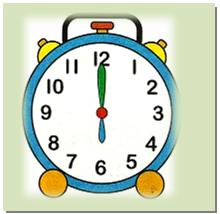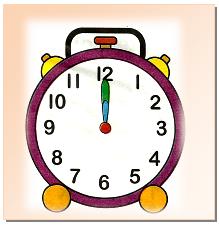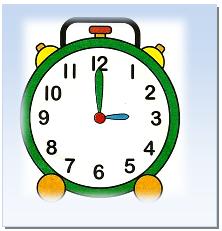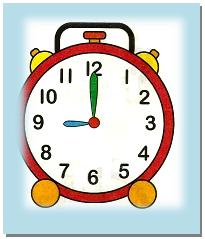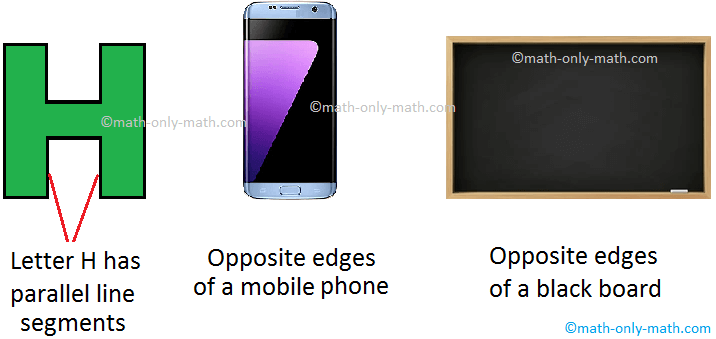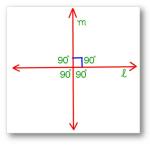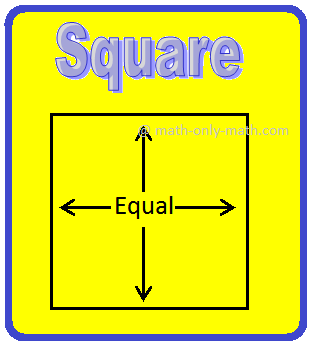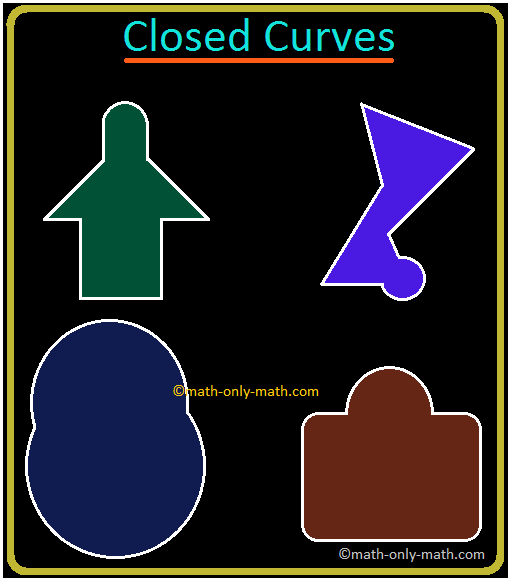Tell the Time
Learn to tell the time is a great activity to have fun for all the children.
How to tell the time?
|
Look at the clock it has two hands. One of them is the long hand. The other is the short hand. The short hand shows the hours and is called the hour hand. The long hand shows the minutes and is called the minute hand. The face of the clock is called the dial. The dial of the clock is divided into 12 equal parts. Look at the clock shown at the right. The short hand is at 6 and the long hand is at 12. The time is 6 o’clock. It is also written as 6:00 in a short way. |
To tell the time we need to see and understand by looking at the clock. Kids can enjoy practicing to tell time by selecting any type of clock and then setting the time on the clocks by dragging the long hand and the short hand of the analogue clock or can also use digital clock by clicking the up and down buttons in the clock.
Parents and teachers can help the kids and guide for telling the time by
dragging the hands of the clock forward and backward and also by placing
the hands of the clock in different places.
See and understand the concept of time:
At the hour, the longer hand points to 12. The time is indicated by the number to which the short hand points.
The long hand is at 12
The short hand is at 12
The time is 12 o'clock
The long hand is at 12
The short hand is at 3
The time is 3 o'clock
The long hand is at 12
The short hand is at 6
The time is 6 o'clock
The long hand is at 12
The short hand is at 9
The time is 9 o'clock
● Numbers and Counting up to 10
● Numbers and Counting up to 20
● Counting Eleven to Twenty with Numbers and Words
● Counting Numbers from Twenty One to Thirty
● Counting Numbers from Thirty One to Forty
● Time
● Addition
● Sequence
● Worksheet on Ordinal Numbers
● Counting Numbers Practice Test
●Worksheets on Counting Numbers
● Worksheet on Counting Numbers 6 to 10
● Worksheet on Kindergarten Addition
● Kindergarten Addition up to 5
● Worksheets on Kindergarten Addition up to 5
● Before and After Counting Worksheet up to 10
● Worksheets on Counting Before and After
● Before, After and Between Numbers Worksheet up to 10
● Worksheet on Before, After and Between Numbers
● Counting Before, After and Between Numbers up to 10
● Worksheet on Joining Numbers
● Worksheet on Before, After and Between Numbers up to 20
● Worksheet on Before, After and Between Numbers up to 50
Kindergarten Math Activities
From Tell The Time to HOME PAGE
Didn't find what you were looking for? Or want to know more information about Math Only Math. Use this Google Search to find what you need.
Recent Articles
-
What are Parallel Lines in Geometry? | Two Parallel Lines | Examples
Apr 19, 24 04:39 PM
In parallel lines when two lines do not intersect each other at any point even if they are extended to infinity. What are parallel lines in geometry? Two lines which do not intersect each other -
Perpendicular Lines | What are Perpendicular Lines in Geometry?|Symbol
Apr 19, 24 04:01 PM
In perpendicular lines when two intersecting lines a and b are said to be perpendicular to each other if one of the angles formed by them is a right angle. In other words, Set Square Set Square If two… -
Fundamental Geometrical Concepts | Point | Line | Properties of Lines
Apr 19, 24 01:50 PM
The fundamental geometrical concepts depend on three basic concepts — point, line and plane. The terms cannot be precisely defined. However, the meanings of these terms are explained through examples. -
What is a Polygon? | Simple Closed Curve | Triangle | Quadrilateral
Apr 19, 24 01:22 PM
What is a polygon? A simple closed curve made of three or more line-segments is called a polygon. A polygon has at least three line-segments. -
Simple Closed Curves | Types of Closed Curves | Collection of Curves
Apr 18, 24 01:36 AM
In simple closed curves the shapes are closed by line-segments or by a curved line. Triangle, quadrilateral, circle, etc., are examples of closed curves.
